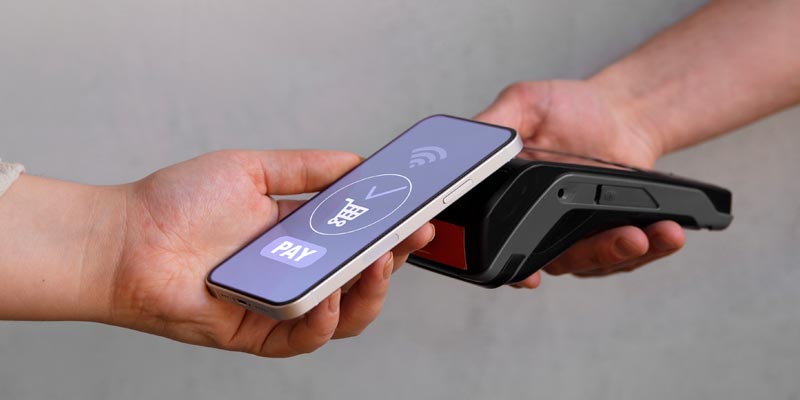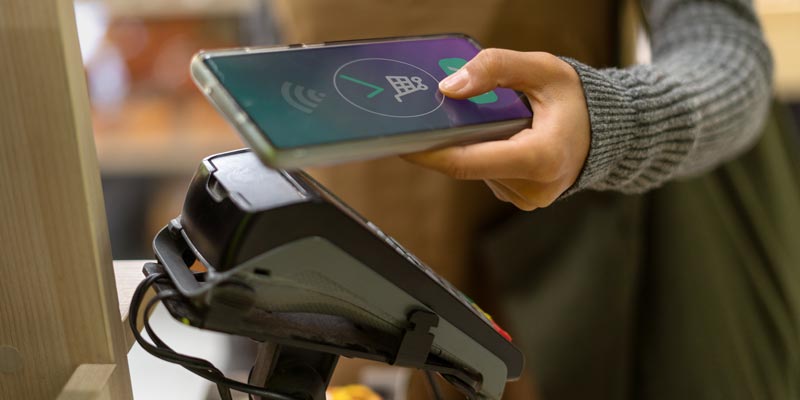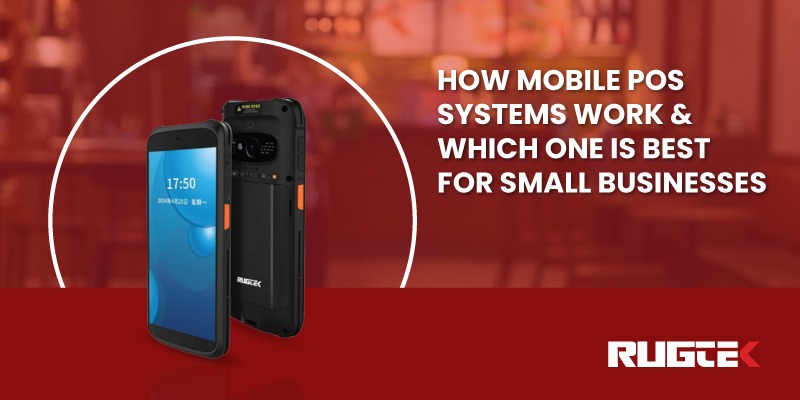In today’s fast-paced business environment, small businesses need efficient, flexible payment solutions that can adapt to their unique needs. Mobile Point of Sale (POS) systems have revolutionized how businesses handle transactions, offering unprecedented mobility and functionality. Understanding how mobile POS works is crucial for any small business owner looking to streamline operations and enhance customer experience.

Understanding How Mobile POS Works
Mobile POS systems represent a significant evolution from traditional cash registers and fixed POS terminals. At its core, how mobile POS works involves a combination of hardware and software components that work together to process payments, manage inventory, and handle customer transactions anywhere your business operates.
The fundamental process begins with a mobile device—typically a smartphone or tablet—equipped with specialized POS software. This software connects to payment processing networks through wireless internet, cellular data, or Bluetooth connections. When a customer makes a purchase, the mobile device captures transaction data, processes the payment through secure channels, and instantly updates your business records.
How mobile POS works also involves several key components: the mobile device serves as the primary interface, card readers handle payment processing, receipt printers provide customer documentation, and cloud-based software manages data synchronization. This integrated approach ensures that every transaction is secure, tracked, and properly recorded for accounting and inventory purposes.
Key Features That Define the Best Mobile POS System
When evaluating what makes the best mobile POS system for your business, several critical features stand out. The best mobile POS system should offer seamless payment processing, supporting multiple payment methods, including credit cards, debit cards, contactless payments, and mobile wallets.
Durability is another hallmark of the best mobile POS system. Business environments can be challenging, with devices exposed to drops, spills, and constant use. Look for systems with drop-test ratings and ruggedized construction that can withstand daily operational demands.
Battery life significantly impacts usability, as the best mobile POS system needs to support full-day operations without constant charging. Additionally, the best mobile POS system should feature intuitive software that’s easy for staff to learn and use, minimizing training time and reducing transaction errors.

Top Mobile POS Solutions for Small Businesses
Rugtek i1 Mobile POS
The Rugtek i1 Mobile POS stands out as an excellent choice for small businesses seeking reliability and functionality. Powered by the Android OS for seamless performance, with its robust 5000mAh battery, you can stay productive throughout the day without interruption. This device demonstrates how mobile POS works effectively by integrating multiple business functions into a single, portable solution.
The i1 features both 1D and 2D barcode scanning capabilities, making it versatile for retail, hospitality, healthcare, and logistics applications. Its dual-camera system (13MP rear, 5MP front) enables document capture, product photography, and customer identification, showcasing how mobile POS works beyond simple payment processing.
Rugtek i1 Plus Mobile POS
For businesses requiring enhanced durability, the i1 Plus Mobile POS offers superior construction standards. Designed to withstand the rigours of daily use, the i1 Plus Mobile POS boasts a 1.5m drop test rating, ensuring durability and reliability in any environment. This ruggedized design exemplifies how mobile POS works in demanding business environments where equipment reliability is paramount.
The i1 Plus maintains all the functionality of the standard i1 while adding enhanced durability features, making it ideal for businesses operating in challenging conditions or high-volume environments.
Rugtek i1H Mobile POS
The i1H Mobile POS represents the cutting edge of mobile payment technology. Powerful Mobile POS powered by the Latest Android 14 OS. Built-in 2″ printer with 5.5″ Screen for faster transactions. This device showcases how mobile POS works when integrated with built-in printing capabilities, eliminating the need for separate receipt printers.
The larger 5.5″ screen provides enhanced usability for complex transactions, while the integrated 2″ printer ensures customers receive immediate transaction documentation. This all-in-one approach demonstrates how mobile POS works most efficiently when hardware components are seamlessly integrated.
Rugtek i2 Mobile POS
The i2 Mobile POS offers advanced features for businesses with sophisticated requirements. This system represents how mobile POS works when equipped with enterprise-grade capabilities while maintaining the portability essential for mobile operations.

Benefits of Mobile POS for Small Businesses
Mobile POS systems offer numerous advantages that traditional systems cannot match. Understanding how mobile POS works reveals why these benefits are so significant for small business operations.
Enhanced Customer Experience
Mobile POS systems enable businesses to process transactions anywhere, reducing wait times and improving customer satisfaction. Whether you’re operating a food truck, managing a retail pop-up, or providing tableside service in a restaurant, mobile POS capability ensures smooth customer interactions.
Improved Operational Efficiency
By understanding how mobile POS works, businesses can streamline operations significantly. Real-time inventory tracking, automated sales reporting, and integrated customer management reduce manual tasks and minimize errors.
Cost-Effective Solution
Mobile POS systems typically require a lower upfront investment compared to traditional POS systems. The best mobile POS system provides enterprise-level functionality at a fraction of the cost, making advanced payment processing accessible to small businesses.
Data Analytics and Reporting
Modern mobile POS systems provide comprehensive analytics, helping businesses understand sales patterns, inventory needs, and customer preferences. This data-driven approach enables better decision-making and strategic planning.
Choosing the Right Mobile POS System
Selecting the best mobile POS system requires careful consideration of your specific business needs. Start by evaluating your transaction volume, payment method preferences, and operational requirements. Consider factors such as battery life, durability, screen size, and integration capabilities.
The best mobile POS system for your business should align with your industry requirements and growth plans. Retail businesses might prioritize inventory management features, while service-based businesses might focus on appointment scheduling and customer management capabilities.

Implementation and Training
Successfully implementing a mobile POS system requires proper planning and staff training. Understanding how mobile POS works from both technical and operational perspectives ensures smooth adoption. Provide comprehensive training to staff members, establish clear procedures for handling transactions, and create backup plans for technical issues.
Future of Mobile POS Technology
As technology continues evolving, mobile POS systems are becoming increasingly sophisticated. Future developments will likely include enhanced AI capabilities, improved security features, and better integration with other business systems. Understanding how mobile POS works today positions businesses to take advantage of these future innovations.
Conclusion
Mobile POS systems represent a fundamental shift in how small businesses handle transactions and manage operations. By understanding how mobile POS works and evaluating options like the Rugtek i1, i1 Plus, i1H, and i2 Mobile POS systems, small business owners can make informed decisions about their payment processing needs.
The best mobile POS system for your business depends on your specific requirements, but the key is choosing a solution that offers reliability, functionality, and scalability. As mobile payment technology continues advancing, businesses that adopt these systems early will be better positioned for success in an increasingly digital marketplace.


